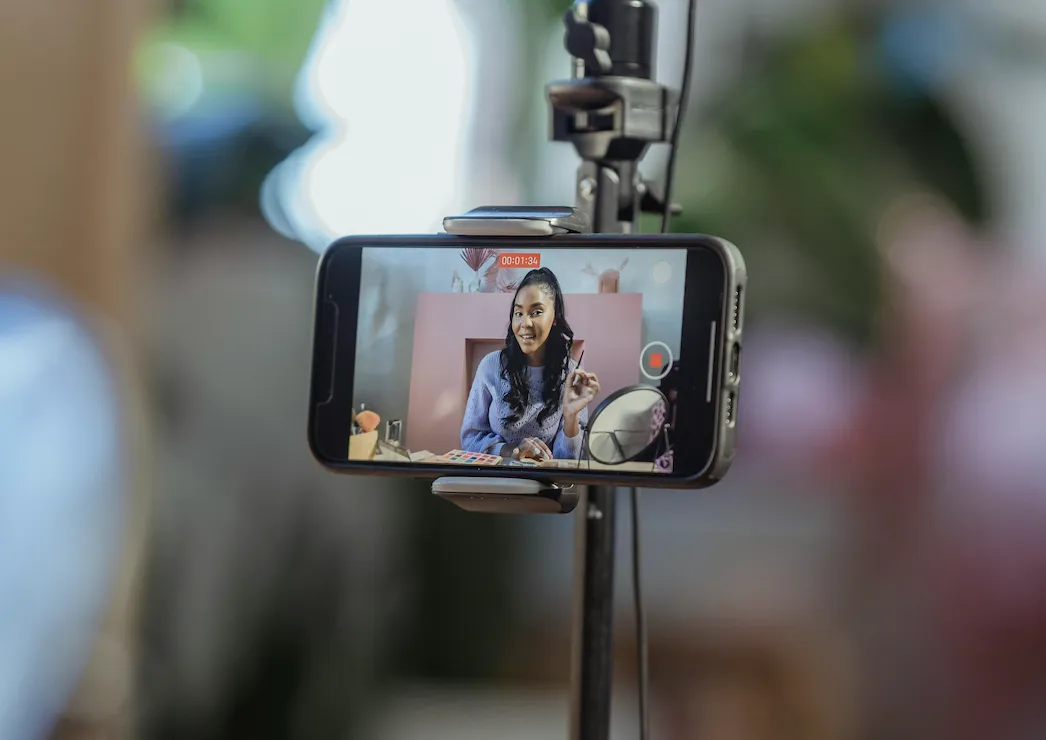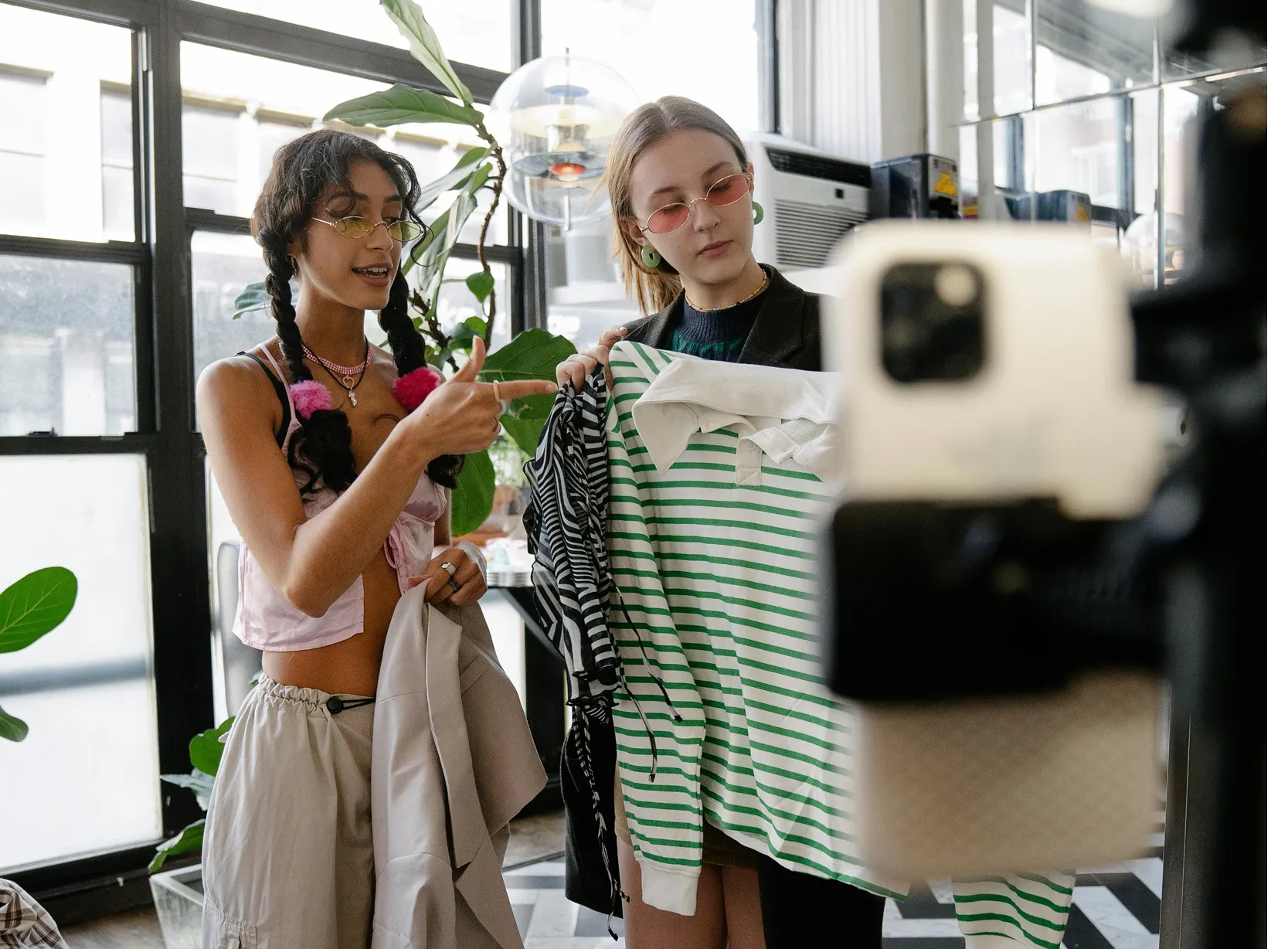Social shopping or social commerce is the combination of e-commerce with social networks. Various formats of this kind have been around for some time, but the whole big hype has only been apparent for a short time - also reinforced by corona. Social shopping is thus becoming interesting for more and more brands and companies. The major social networks such as Instagram are recording this trend and are continuing to develop the platforms accordingly to make social shopping offers more attractive. TikTok recently partnered with the e-commerce platform Shopify to give their retailers access to TikTok campaigns. Auch YouTube is busy experimenting with features for direct purchasing. The development towards social shopping is a logical step. Because brands like Westwing or Urbanoutfitters present yourself and your products on social media — either in your own profile or through paid advertising posts or sponsorships, for example with the help of influencers. Influencers themselves are also building corresponding brands. Examples include the lifestyle brand peso by justin or Mamushka, a shop with a wide range of baby and maternity fashion, by Carmushka. It is therefore almost obvious that Facebook, Instagram and Co. also offer a direct shopping function. Because this makes it even easier to place the products in shop windows, invite users to interact with the product range and also make “spontaneous purchases” easier.
Target group: Young & primarily female
One YouGov analysis shows how widespread the trend towards social shopping is already in Germany.
- 18 percent of Germans have already made purchases via a social network
- Among 18 to 24-year-olds, the figure is as high as 30 percent
- 22 percent can imagine buying something via a social network
- Women are more inclined to social shopping than men
- However, a large part of the population is not yet aware of the options for shopping via Instagram, Facebook and the like. Potential that needs to be exploited.
A look at the age distribution shows that social shoppers currently tend to be young and female. However, the addition “tending” is important here. It is true that the proportion of 25 to 34-year-olds among social shoppers is much higher than the population average. However, looking at the absolute figures, the Ab-55 age group is the most active. This is likely primarily due to the fact that this group is significantly larger within the overall population. It is also interesting who can imagine using social shopping. This group is still somewhat younger than the general population, but gender balance and age are more balanced than in the group that already has social shopping experience. Social shopping therefore shows significant potential across the board.
Social shopping - The possibilities of the most important social media platforms
(Some functions may still be in beta or have not yet made the leap to Germany)
Instagram/Facebook - Shop as a microsite with the option to personalize hero images, texts, etc .- Shopping function in live streams- Product catalog as the basis of the shop- Connection to external software, e.g. for automatic reconciliation of product catalogs- Payment (checkout) directly in the app shops in cooperation with influencers, e.g. for your own collections.
TikTok- Since the middle of the year, TikTok has been testing with various brands, such as Hype. In-app shopping. However, the rollout for everyone is still a long way off- Cooperation with Shopify. Currently, this gives Shopify shop operators easy access to advertising options on Tiktok. A future integration of the shop within TikToks is not ruled out
Snapchat - Purchasable outfits for the Bitmoji avatars of user AR functions for big brands to promote outfits or makeup, and YouTube - Since the beginning of the year, several content creators in the USA have been taking part in a test phase and can link products for sale within their video.
Twitch - The live streaming platform, which belongs to Amazon, does not yet offer any direct shopping features. But due to the direct connection to Amazon alone, a corresponding function should not be long in coming





